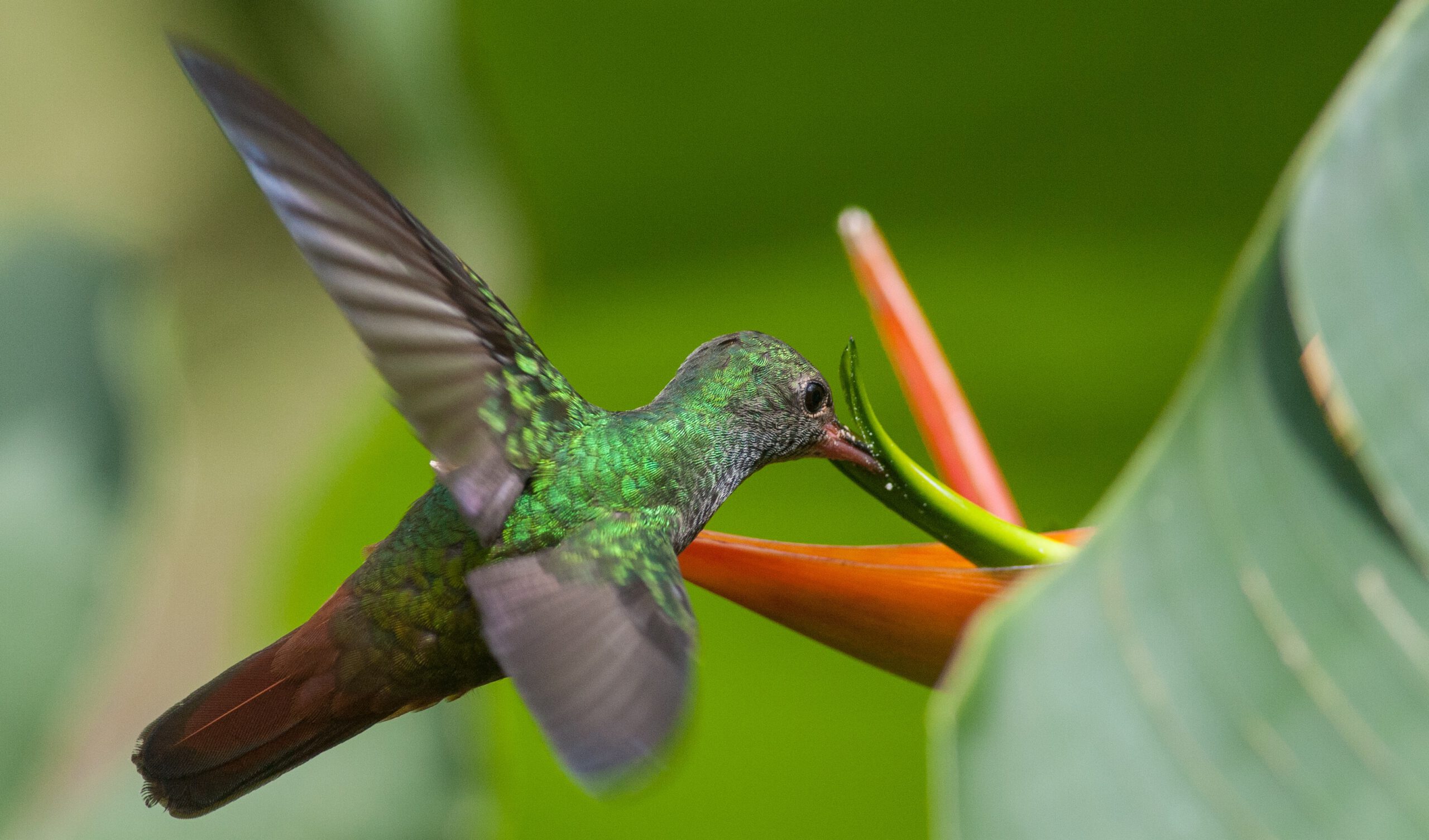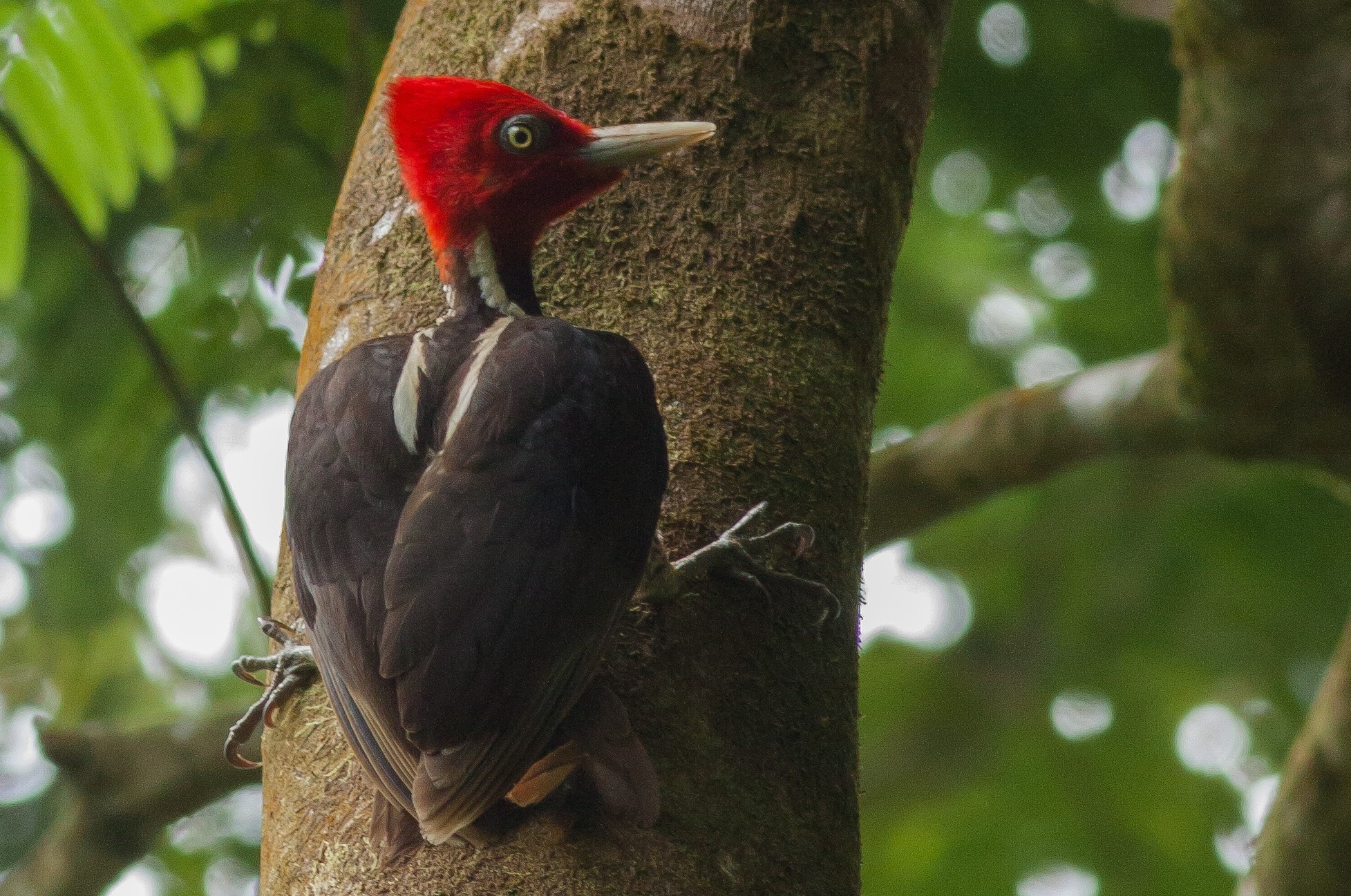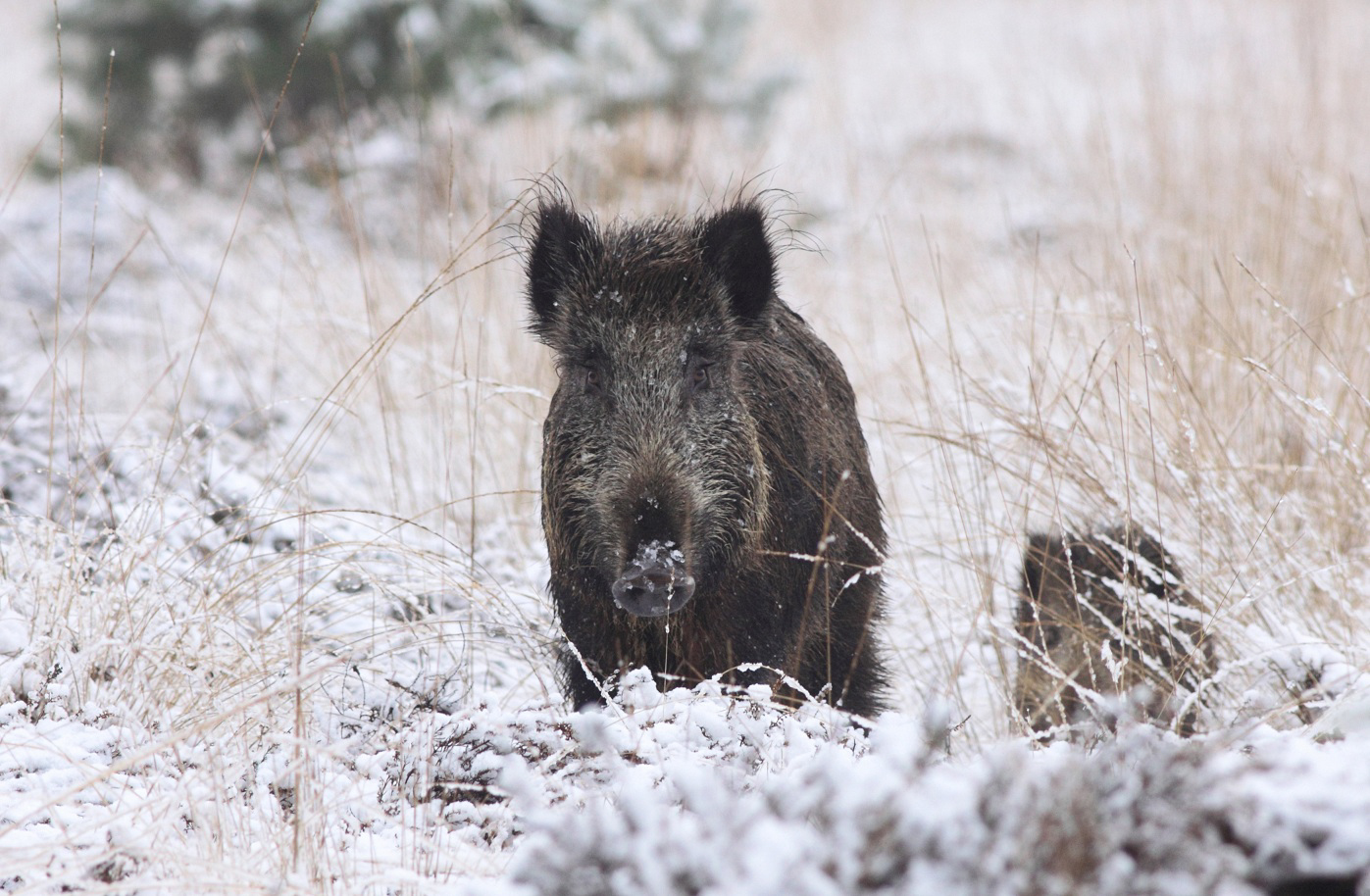
From taiga and temperate forests to tropical rain forests, trees create a three-dimensional world in which changes in temperature and humidity are limited to some degree. Living and dead trees are the main reason forests have the largest biomass per surface area of any environment on earth. This means that organisms eating plant, wood and dead organic matter thrive in forests. In addition, many trees produce flowers, nutritious fruits or seeds, which are harvested by animals.
To open up protective hard casings of seeds or to extract food from sheltered places, such as within wooden tree stems, animals require specially adapted bodies and techniques. Similarly, moving around along tree stems, branches, or dense forest patches (at speed) requires special skills and behaviour. On the other hand, all this vegetation provides plenty of cover, so even bright-coloured or by other means striking birds can survive and reproduce relatively safe.


Discover below how the climbing claws of the black woodpecker, the flight radar of the long-eared bat and acrobatic feet of the squirrel help forest species in getting around!
Animals of the forest
Long-eared bat
Black woodpecker
Tawny owl
Pine marten
Sparrowhawk
Red squirrel

